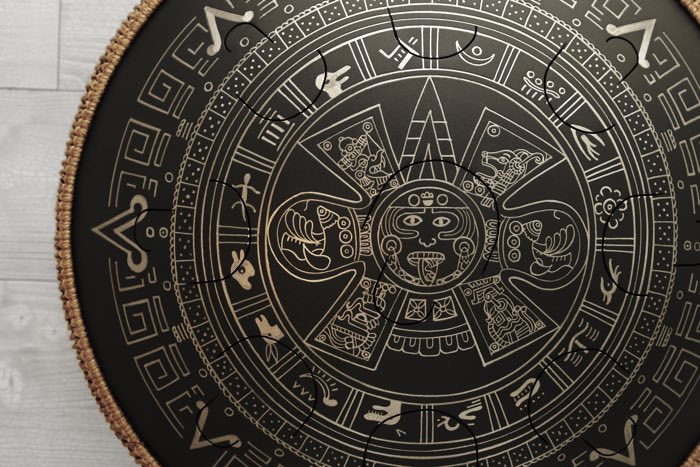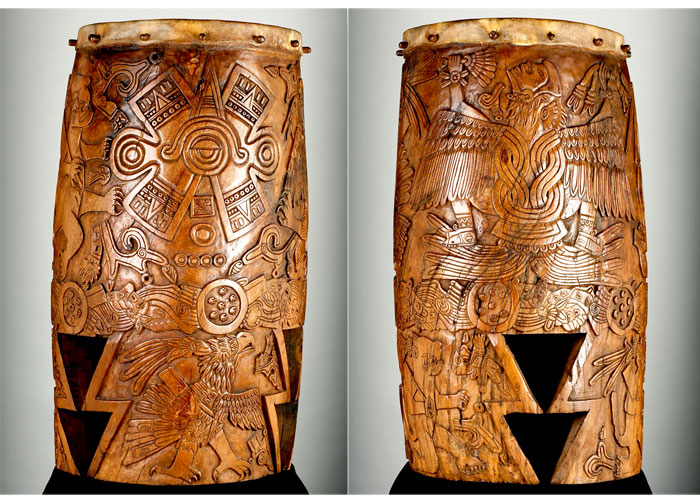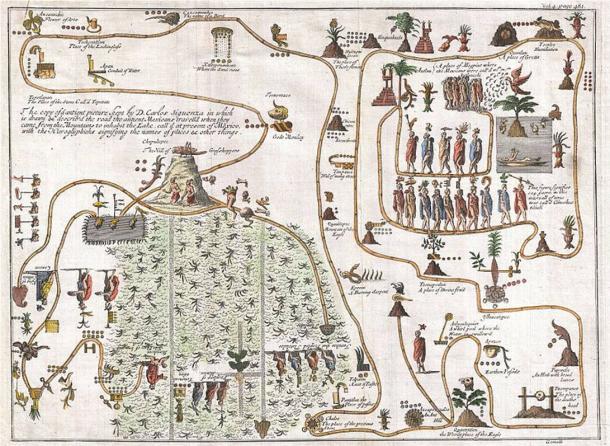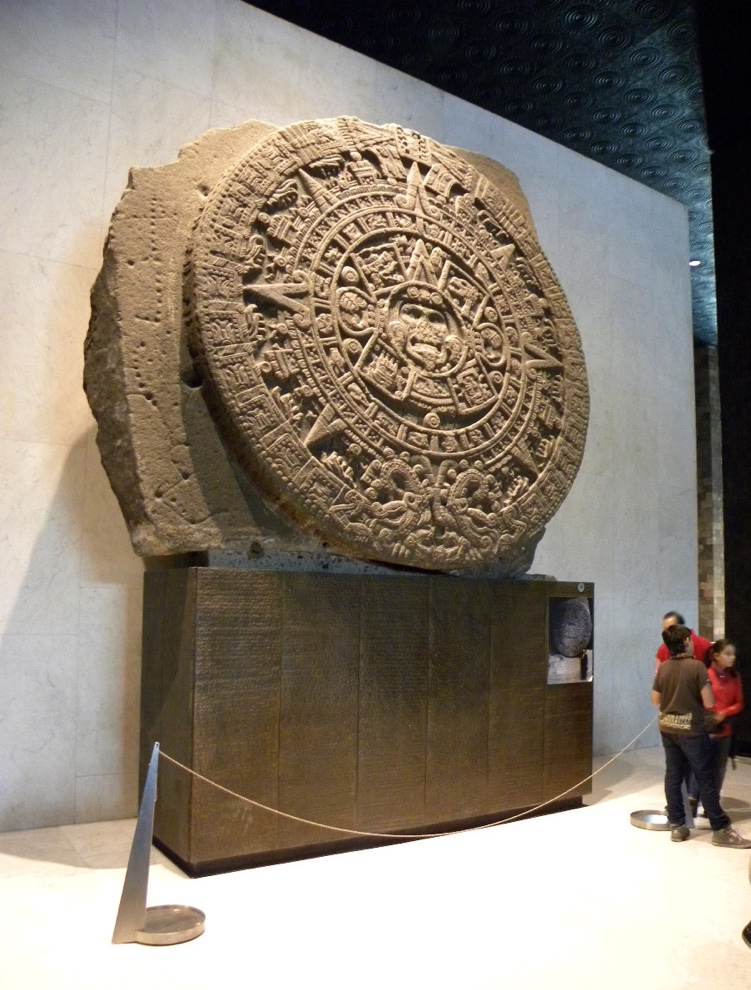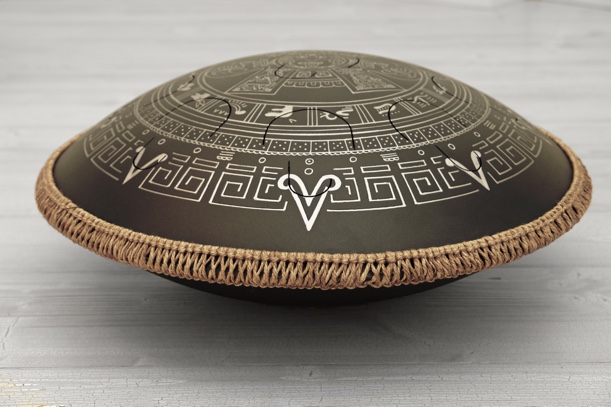No products
Top sellers
-

Freezbee Flower of Life
Enigma scale: A C D E F G A C Rope decoration is include Materials:...
$369.00 -

Freezbee Morning Star
Enigma scale: A C D E F G A C Rope decoration is include Materials:...
$339.00 -

-

Freezbee Sri Yantra Black Diamond
Enigma scale: A C D E F G A C Rope decoration is include Materials:...
$339.00 -

-

Freezbee Premium Black
Enigma scale: A C D E F G A C Rope decoration is include Materials:...
$369.00 -

Freezbee Dreamcatcher Black Diamond
Enigma scale: A C D E F G A C Rope decoration is include Materials:...
$349.00 -

StandArt 2.0 Plus+ Pure Black
Equinox scale Materials: stainless steel Handmade Engraving Custom scale...
$569.00 -

Freezbee African Graphite
Enigma scale: A C D E F G A C Materials: Stainless steel. Handmade...
$369.00 -

Freezbee Premium with bag
Tonus Scale: Bb C D F G A Bb C Rope decoration is include Materials:...
$399.00
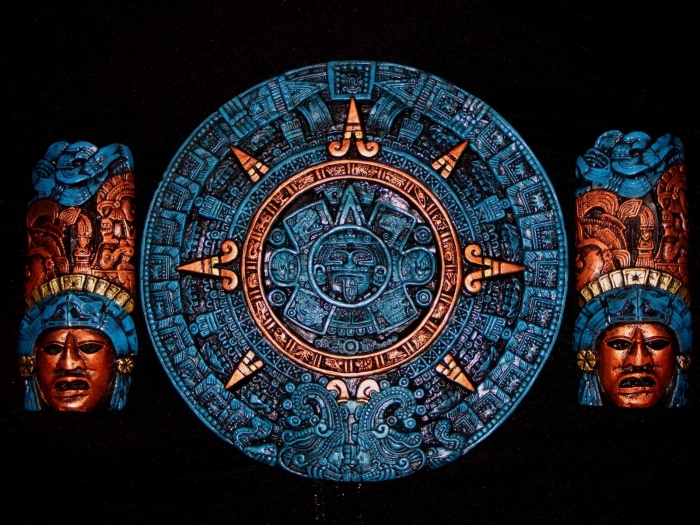
THE AZTEC CALENDAR & GUDA STEEL TONGUE DRUM
One of the most enigmatic symbols we use in adorning GUDA pandrum, meditative drums is the Aztec Calendar. The ancient civilization of Mesoamerica created a thriving empire on the territory of what is now Mexico, with elaborate architectural monuments, and an intricate network of roads, all of which came to an end with the arrival of the Spanish conquerors. Once in the Americas, the conquistadors were struck by the local music, which was unlike anything they’d heard before with the strong role played by percussion instruments, which served as the prelude to each musical work, its rhythm, and the main musical line.
One of the most widely used drums created by the Aztecs was the ueuetl, an amazing instrument about a meter high, fashioned from a hollow tree trunk. A membrane made from snake skin was stretched across the top of the drum, and the sides were adorned with carved reliefs. The drummers could alter the tone of the instrument simply by stationing it near the brazier, thereby heating it up. The sound produced by these amazing instruments carried over a distance of more than 6 miles. The Aztecs used drums not just for songs and dances, but also for their ceremonies and rituals, and military campaigns. The music man and keeper of the drums was an important figure in their society.
The European invaders were even more astounded by the incredibly complex, but extremely accurate calendar of the Aztecs, which was also used by the other peoples of Mesoamerica, in particular the Mayas. The ancient Olmec people were thought to have created this calendar around 3500 years BC, but many contemporary scholars now believe it is even older, with its actual origin lost to the ages. It was only in the 20th century that some have managed to decipher it. Meanwhile, to this day, in remote mountain villages, the descendants of the Aztecs and Mayas use this calendar.
But the Aztec Calendar is much more than a means of tracking the days. It was called the Sun Stone, and related the story of the creation of the universe and the times to come. Thus, the calendar function was only a part of this complex design. To the Aztecs, time embodied the divine presence. And so by deciphering the symbols of time, the Aztecs and Mayas could foretell the fate of the world, and that of individual people, as well, and penetrate into the mysteries of the universe and its fundamental laws.
Nobody knows where the Aztecs came from — they themselves refer to their homeland as Aztlan, a mysterious land in the north surrounded by cold and darkness. In their lore, the Aztecs describe Aztlan as a city of seven caves, then as an island amidst the ocean. Some have compared Aztlan to the legendary Atlantis. Whatever the case, to the Aztecs, Aztlan is the source of their knowledge. After settling on a desert island on the salt lake of Texcoco, they founded their capital, Tenōchtitlan, and before long, they’d conquered a number of the local Native American tribes. Now, Mexico City is located on the site of the Aztec capital.
The Sun Stone is a basalt disc more than 3 meters in diameter on which the fate of the universe is encoded in symbols. It also depicts the Aztec conception of time itself. After the conquest of Mexico, the stone was buried underground for many years. Not until the 18th century was it discovered in the heart of Mexico City.
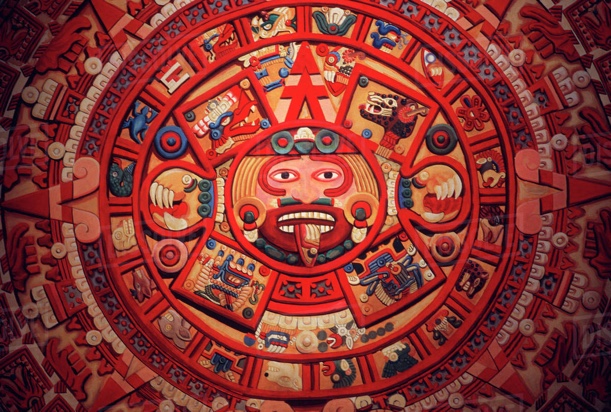
In the center of the disk is an image of the sun god Tōnatiuh – the patron of the sky, light and Aztec warriors. Along the edges are his two hands with wrists encircled in bracelets. The hands are clutching human hearts. Surrounding Tōnatiuh are four suns in four squares, representing the four civilizations that preceded our era, each of which was destroyed in an epic natural disaster. The top right square depicts a jaguar and tells the story of the first era on earth, at the end of which monstrous jaguars emerged from the bowels of the earth and devoured the people. At the top left, the square depicts the era of wind, when a hurricane laid waste to civilization. In the bottom left, the square depicts the era of fire, in which humankind perished in a fiery rain. The lower right square tells of the era of water, when a flood swept away civilization. Each era lasted 5,200 years, and ended with the total destruction of the prevailing civilization, followed by the birth of the next civilization, with the fifth civilization governed by spiritual laws.
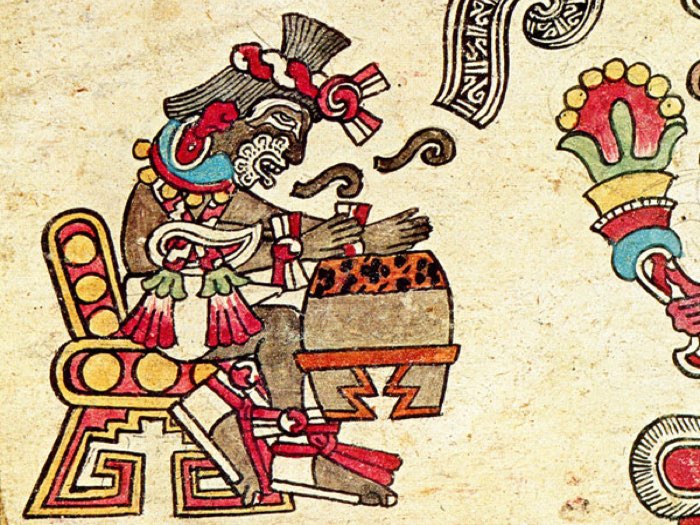
Tōnatiuh is the sun god of the fifth civilization. This, the fifth civilization, has lasted to the present, and is called the “Four Earthquakes.” Time, then, is a cycle, which although repeated, acquires new attributes with each rebirth. The squares of the four eras in the corners of the Sun Stone surround symbols representing the four sides of the world, which signifies the power of the Fifth Sun over time and space.
The priests were charged with keeping time for the Aztecs. This very calendar system, with all its complexity, and need for special knowledge, was taught in the schools for the highest nobility.
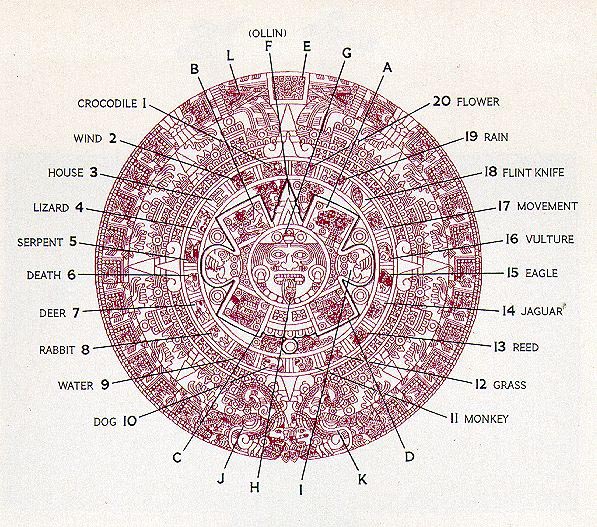
The closest ring to the central image is that of the Sun Stone, and it is the calendar itself, depicting several cycles. The first is the sacred tonalpohualli calendar. The name means the “count of days” or “count of fortunes,” and is a sacral ritual 260-day calendar that corresponds to the Maya Tzolk'in calendar. It is divided into 20 months, or cycles, each comprising 13 days. This calendar was used to calculate the time for religious ceremonies, rituals and sacrifices. It also foretold times to come, and predicted fortuitous days, and also days of bad fortune. In order to make these predictions, another cycle was woven into this cycle comprised of 13 and 20 elements. This was the cycle of the nine Lords of the Night, which helped the Aztecs carry out astronomical calculations and predict the best time for engaging in different activities. Each of the 20 months had its own patron god, which determined its character and fate. Interestingly, this calendar does not correspond to any earthly astronomical magnitudes or phenomena. It’s as if it is the creation of a universe other than our own. Or perhaps it is ruled by very different physical laws.
The second calendar is the solar calendar, (xiuhpohualli), which means “count of years,” and corresponds to the Maya haab calendar. It has 365 days and is even more accurate than our modern calendar, since the length of the year is as close as possible to the exact value in astronomy. In this Aztec calendar, the year equaled 365.2420 days, meaning it differed by only two ten thousandths of a point from what we now regard as the most precise data. Given the level of astronomical instruments and calculations possessed by the Mesoamerican Indians, it took them 10,000 years of continuous observations to be so precise in their “count of years”. And this indicates that either this calendar is much older than we can imagine, or it was passed on fully complete to the ancient civilizations of Mesoamerica, but even if so, it’s a mystery by whom.
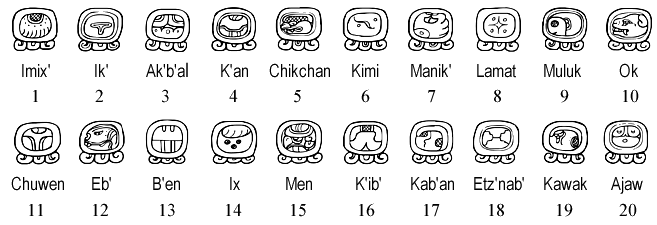
The Sun Calendar was for the citizenry in that the Aztecs used it to determine the right times for planting and harvesting and for the ceremonies associated with the natural cycle of the changing seasons. The calendar consisted of 18 months comprising 20 days each. Each week was made up of five days. To match the astronomical year, five more days were added — this was an extra week set aside for fasting and abstinence. On these days, just about any kind of work and play was frowned upon. Even religious ceremonies were not allowed, and throughout the civilized world of the Aztecs all activity would cease. In a leap year – once every four years, one of the days in the calendar would be repeated.
When the solar and ritual calendars coincided, they formed a complex system of cycles. Once every 52 years this would occur, and therefore the Aztecs viewed time as a series of 52-year cycles. Every 52 years, throughout the world, and also in every human life, all that is old would perish to be replaced by the new. Thus, every 52 years the Aztecs awaited the end of the world, as this was when the universe was to be reborn, marking the birth of a new order.
The second ring contains squares with 5 points each, signifying 5-day weeks.
In the outer circle, two snakes slither meeting head-to-head as they encircle the calendar, symbolizing the change of day and night.
The rhythms of the Aztec Calendar are highly intricate, and when they’re layered, they form complex systems of cycles, within which the fate of the world, and the destiny of the human race are hidden. The sacred arts that enabled men of yore to interpret these mysterious symbols have been lost, but as we gaze at them and listen to the rhythm of the GUDA drums, we can penetrate the mists of time that obscure their secrets.

